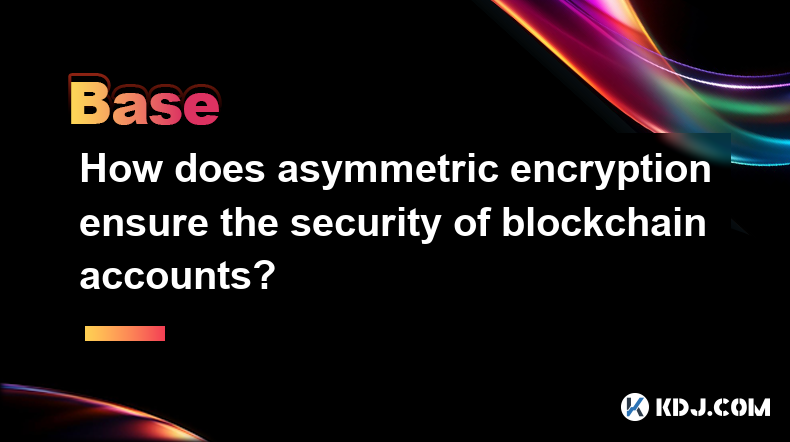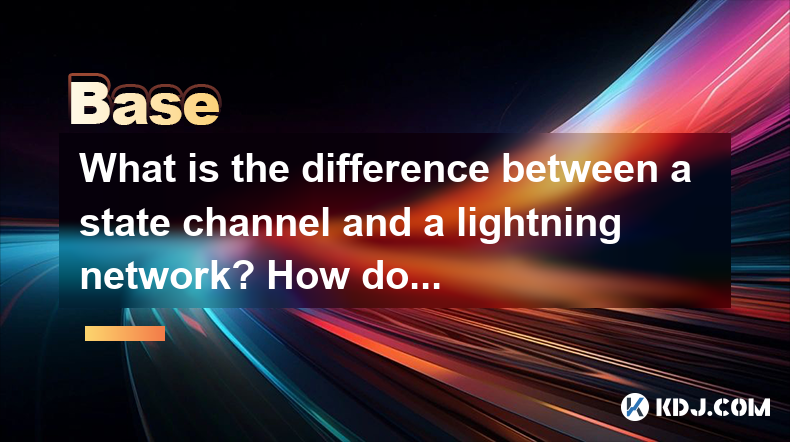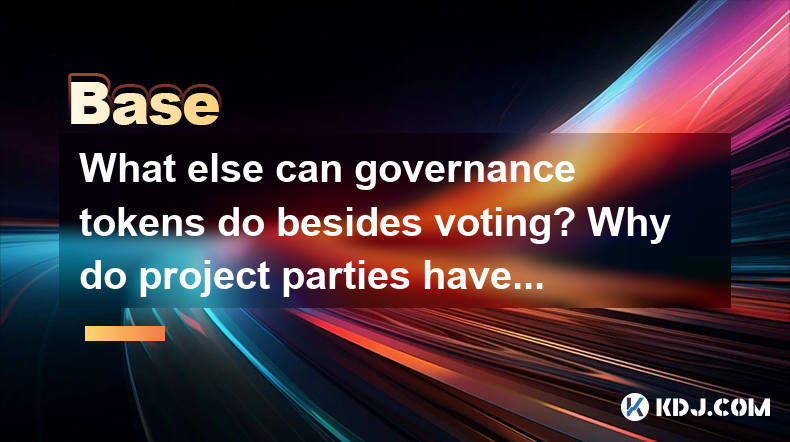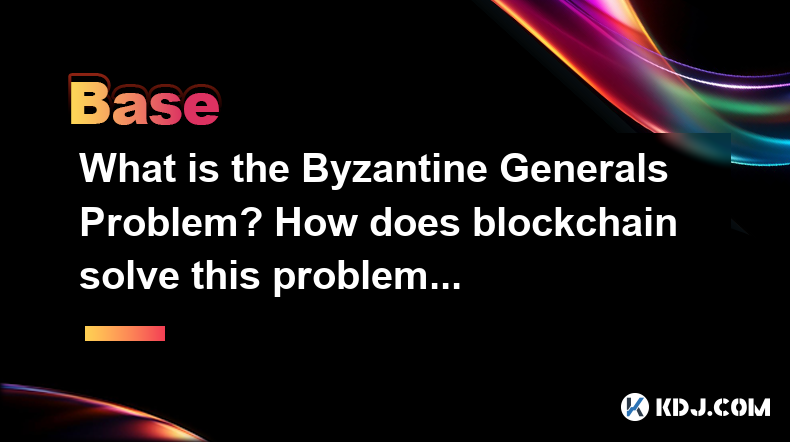-
 Bitcoin
Bitcoin $79,817.2968
-3.76% -
 Ethereum
Ethereum $1,637.4916
-8.53% -
 Tether USDt
Tether USDt $0.9994
-0.02% -
 XRP
XRP $2.0045
-5.99% -
 BNB
BNB $558.8408
-5.68% -
 USDC
USDC $0.9998
-0.01% -
 Solana
Solana $108.2855
-8.48% -
 Dogecoin
Dogecoin $0.1543
-8.30% -
 TRON
TRON $0.2339
-1.59% -
 Cardano
Cardano $0.5959
-8.50% -
 UNUS SED LEO
UNUS SED LEO $8.9343
-1.54% -
 Toncoin
Toncoin $3.1618
-4.96% -
 Chainlink
Chainlink $11.5857
-8.61% -
 Stellar
Stellar $0.2438
-2.62% -
 Avalanche
Avalanche $16.3204
-8.79% -
 Shiba Inu
Shiba Inu $0.0...01140
-6.76% -
 Sui
Sui $1.9800
-10.62% -
 Hedera
Hedera $0.1437
-10.85% -
 Polkadot
Polkadot $3.7262
-5.33% -
 MANTRA
MANTRA $5.9692
-5.00% -
 Litecoin
Litecoin $73.8289
-10.22% -
 Bitcoin Cash
Bitcoin Cash $280.6233
-6.07% -
 Dai
Dai $0.9999
-0.02% -
 Ethena USDe
Ethena USDe $0.9987
-0.03% -
 Bitget Token
Bitget Token $4.2015
-5.30% -
 Pi
Pi $0.6090
2.64% -
 Monero
Monero $202.3582
-5.96% -
 Hyperliquid
Hyperliquid $10.4627
-10.81% -
 Uniswap
Uniswap $5.2256
-9.94% -
 OKB
OKB $49.5006
-3.88%
How does asymmetric encryption ensure the security of blockchain accounts?
Asymmetric encryption secures blockchain accounts by protecting private keys and enabling secure transactions through digital signatures and encrypted communication.
Apr 06, 2025 at 07:50 am

Asymmetric encryption plays a critical role in securing blockchain accounts by providing a robust method of safeguarding private keys and ensuring secure transactions. This article delves into how asymmetric encryption works and why it is indispensable for the security of blockchain accounts.
What is Asymmetric Encryption?
Asymmetric encryption, also known as public-key cryptography, involves the use of two mathematically related keys: a public key and a private key. The public key can be shared with anyone, while the private key must be kept secret. This system allows for secure communication and verification without the need for both parties to have prior knowledge of each other's keys.
In the context of blockchain, asymmetric encryption is used to create and manage digital signatures, which are crucial for verifying the authenticity and integrity of transactions. When a user wants to perform a transaction, they use their private key to sign it. The corresponding public key, which is part of the user's blockchain address, can then be used by anyone to verify the signature.
How Asymmetric Encryption Protects Blockchain Accounts
The primary way asymmetric encryption ensures the security of blockchain accounts is through the protection of private keys. Only the owner of the private key can create valid digital signatures for transactions associated with their account. If someone else tries to forge a transaction, they would need the private key to sign it, which is nearly impossible to obtain without the owner's consent.
Moreover, asymmetric encryption enables secure communication between nodes on the blockchain network. When a node wants to send a message or a transaction to another node, it can encrypt the message using the recipient's public key. Only the recipient, who possesses the corresponding private key, can decrypt and read the message. This ensures that sensitive information remains confidential and secure.
The Role of Digital Signatures in Blockchain Security
Digital signatures are an essential application of asymmetric encryption in blockchain technology. They provide a way to verify the authenticity and integrity of transactions. When a user signs a transaction with their private key, they create a digital signature that can be verified using their public key. This process ensures that the transaction has not been tampered with and that it indeed originates from the owner of the private key.
To understand how digital signatures work, consider the following steps:
- Create a Transaction: The user prepares the transaction details, such as the recipient's address and the amount to be transferred.
- Hash the Transaction: The transaction details are hashed using a cryptographic hash function, resulting in a fixed-size hash value.
- Sign the Hash: The user signs the hash value with their private key, creating a digital signature.
- Verify the Signature: Anyone on the network can use the user's public key to verify the digital signature. If the signature is valid, it confirms that the transaction has not been altered and that it was signed by the owner of the private key.
Protecting Private Keys
The security of a blockchain account heavily depends on the protection of the private key. If the private key is compromised, an attacker could access the account and perform unauthorized transactions. Therefore, it is crucial for users to store their private keys securely.
There are several methods to protect private keys:
- Hardware Wallets: These are physical devices designed to store private keys securely offline. They are immune to online attacks and provide an additional layer of security.
- Software Wallets with Encryption: Some software wallets encrypt the private key with a password. This adds an extra layer of protection, as the private key cannot be accessed without the correct password.
- Paper Wallets: A paper wallet involves printing the private key and storing it in a physically secure location. This method is resistant to hacking but vulnerable to physical theft or damage.
Asymmetric Encryption and Blockchain Address Generation
Blockchain addresses are generated from public keys using a one-way cryptographic function. This means that it is computationally infeasible to derive the public key (and subsequently the private key) from the blockchain address. This one-way nature of the function adds another layer of security to blockchain accounts.
To generate a blockchain address, the following steps are typically followed:
- Generate a Private Key: A random number is generated, which serves as the private key.
- Derive the Public Key: The private key is used to generate the corresponding public key using an elliptic curve multiplication.
- Create the Blockchain Address: The public key is hashed and further processed to create the blockchain address, which can be shared publicly.
Asymmetric Encryption in Transaction Verification
Transaction verification is another critical area where asymmetric encryption ensures the security of blockchain accounts. When a transaction is broadcast to the network, nodes verify its validity by checking the digital signature. If the signature is valid, the transaction is considered authentic and can be included in a block.
The verification process involves the following steps:
- Retrieve the Public Key: The node retrieves the public key associated with the sender's blockchain address.
- Verify the Digital Signature: The node uses the public key to verify the digital signature attached to the transaction. If the signature is valid, it confirms that the transaction was signed by the owner of the private key.
- Check Transaction Details: The node also checks the transaction details, such as the sender's balance and the validity of the recipient's address, to ensure that the transaction is legitimate.
Frequently Asked Questions
Q: Can asymmetric encryption be used to encrypt the entire blockchain?
A: No, asymmetric encryption is not typically used to encrypt the entire blockchain. Instead, it is used to secure individual transactions and protect private keys. The blockchain itself is secured through other cryptographic methods, such as hash functions and consensus algorithms.
Q: What happens if a private key is lost?
A: If a private key is lost, the user loses access to their blockchain account and any funds associated with it. There is no way to recover a lost private key, which underscores the importance of securely backing up private keys.
Q: Is it possible to change the public key associated with a blockchain address?
A: No, the public key associated with a blockchain address cannot be changed. Once a blockchain address is generated from a public key, it remains fixed. If a user wants to use a different public key, they must generate a new blockchain address.
Q: How does asymmetric encryption protect against man-in-the-middle attacks?
A: Asymmetric encryption protects against man-in-the-middle attacks by ensuring that only the intended recipient, who possesses the corresponding private key, can decrypt the message. Even if an attacker intercepts the encrypted message, they cannot decrypt it without the private key, thus preventing unauthorized access to the communication.
Disclaimer:info@kdj.com
The information provided is not trading advice. kdj.com does not assume any responsibility for any investments made based on the information provided in this article. Cryptocurrencies are highly volatile and it is highly recommended that you invest with caution after thorough research!
If you believe that the content used on this website infringes your copyright, please contact us immediately (info@kdj.com) and we will delete it promptly.
- US SEC Defines Covered Stablecoins, Excluding Algorithmic Tokens
- 2025-04-07 02:55:12
- Remittix Is Changing the Face of Cross-Border Payments And What This Means for Investors
- 2025-04-07 02:55:12
- HYPE Price Drops as Hyperliquid Struggles
- 2025-04-07 02:50:12
- Pi Network (PI) Emerges as a Standout Performer, Surging 40% Over the Weekend
- 2025-04-07 02:50:12
- Pi Network Token Price Soars to $0.79, Gaining 45%
- 2025-04-07 02:45:13
- Rexas Finance (RXS) Prepares to Outperform Shiba Inu (SHIB) With 21,990% Growth Projection
- 2025-04-07 02:45:13
Related knowledge

What is the difference between a state channel and a lightning network? How do they improve transaction efficiency?
Apr 05,2025 at 05:21pm
State channels and the Lightning Network are two significant technologies within the cryptocurrency ecosystem aimed at improving transaction efficiency on blockchain networks. Both solutions address the scalability issues of blockchain systems, particularly in handling a high volume of transactions quickly and with low fees. However, they operate differ...

What else can governance tokens do besides voting? Why do project parties have to issue one?
Apr 06,2025 at 06:42pm
Governance tokens have become a pivotal element in the decentralized ecosystem, serving functions that extend far beyond the simple act of voting. While voting is a crucial aspect of these tokens, allowing token holders to influence the direction and decisions of a project, there are numerous other roles that governance tokens play within the cryptocurr...

Why is the oracle called the bridge between blockchain and the real world?
Apr 04,2025 at 04:00am
The concept of an oracle in the cryptocurrency and blockchain world is crucial for understanding how these decentralized systems interact with external data. The oracle is often referred to as the bridge between blockchain and the real world because it serves as a vital intermediary that fetches, verifies, and transmits off-chain data to the on-chain en...

What is the Byzantine Generals Problem? How does blockchain solve this problem?
Apr 05,2025 at 06:29am
The Byzantine Generals Problem is a classic problem in the field of distributed computing and computer science, which has significant implications for the reliability and security of decentralized systems, including blockchain technology. This problem is named after a hypothetical scenario involving several generals of the Byzantine army who must coordi...

How does asymmetric encryption ensure the security of blockchain accounts?
Apr 06,2025 at 07:50am
Asymmetric encryption plays a critical role in securing blockchain accounts by providing a robust method of safeguarding private keys and ensuring secure transactions. This article delves into how asymmetric encryption works and why it is indispensable for the security of blockchain accounts. What is Asymmetric Encryption?Asymmetric encryption, also kno...

What role does the Merkle tree play in the blockchain? Why can it verify data integrity?
Apr 04,2025 at 01:29pm
The Merkle tree plays a crucial role in the blockchain, primarily due to its ability to efficiently and securely verify data integrity. This article will delve into the structure of a Merkle tree, its implementation in blockchain, and how it ensures the integrity of data. Understanding the Structure of a Merkle TreeA Merkle tree, also known as a hash tr...

What is the difference between a state channel and a lightning network? How do they improve transaction efficiency?
Apr 05,2025 at 05:21pm
State channels and the Lightning Network are two significant technologies within the cryptocurrency ecosystem aimed at improving transaction efficiency on blockchain networks. Both solutions address the scalability issues of blockchain systems, particularly in handling a high volume of transactions quickly and with low fees. However, they operate differ...

What else can governance tokens do besides voting? Why do project parties have to issue one?
Apr 06,2025 at 06:42pm
Governance tokens have become a pivotal element in the decentralized ecosystem, serving functions that extend far beyond the simple act of voting. While voting is a crucial aspect of these tokens, allowing token holders to influence the direction and decisions of a project, there are numerous other roles that governance tokens play within the cryptocurr...

Why is the oracle called the bridge between blockchain and the real world?
Apr 04,2025 at 04:00am
The concept of an oracle in the cryptocurrency and blockchain world is crucial for understanding how these decentralized systems interact with external data. The oracle is often referred to as the bridge between blockchain and the real world because it serves as a vital intermediary that fetches, verifies, and transmits off-chain data to the on-chain en...

What is the Byzantine Generals Problem? How does blockchain solve this problem?
Apr 05,2025 at 06:29am
The Byzantine Generals Problem is a classic problem in the field of distributed computing and computer science, which has significant implications for the reliability and security of decentralized systems, including blockchain technology. This problem is named after a hypothetical scenario involving several generals of the Byzantine army who must coordi...

How does asymmetric encryption ensure the security of blockchain accounts?
Apr 06,2025 at 07:50am
Asymmetric encryption plays a critical role in securing blockchain accounts by providing a robust method of safeguarding private keys and ensuring secure transactions. This article delves into how asymmetric encryption works and why it is indispensable for the security of blockchain accounts. What is Asymmetric Encryption?Asymmetric encryption, also kno...

What role does the Merkle tree play in the blockchain? Why can it verify data integrity?
Apr 04,2025 at 01:29pm
The Merkle tree plays a crucial role in the blockchain, primarily due to its ability to efficiently and securely verify data integrity. This article will delve into the structure of a Merkle tree, its implementation in blockchain, and how it ensures the integrity of data. Understanding the Structure of a Merkle TreeA Merkle tree, also known as a hash tr...
See all articles





















































































